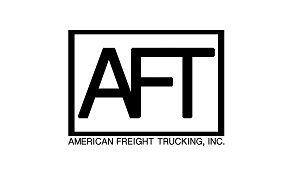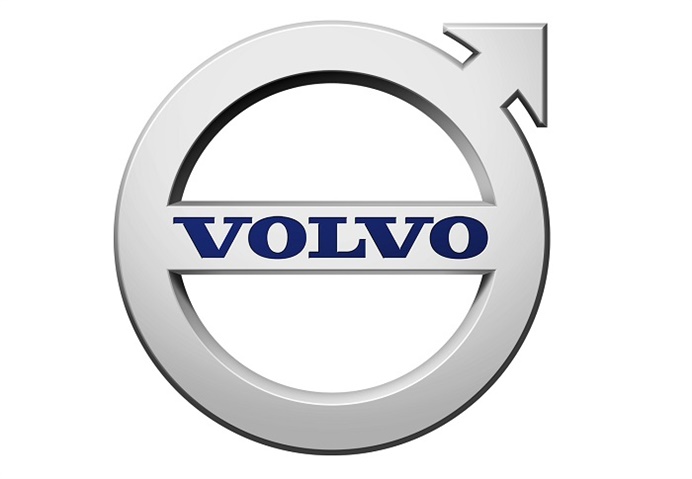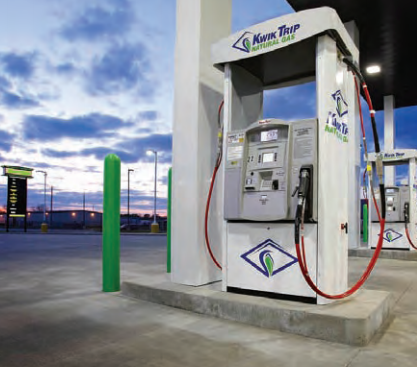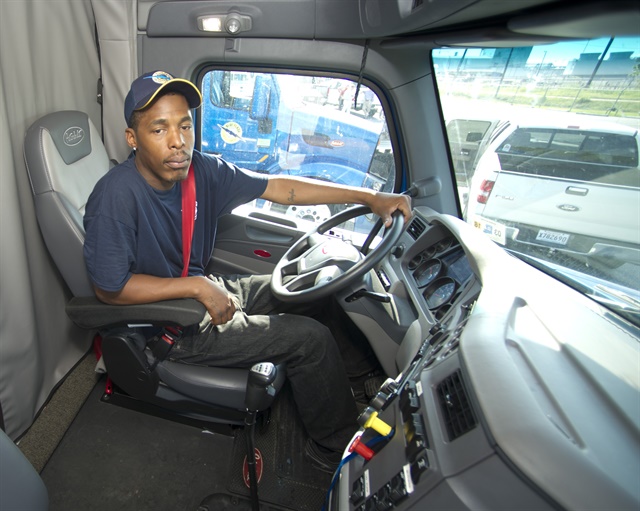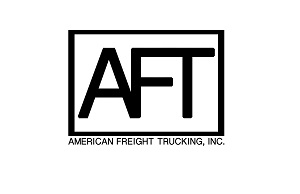Volvo Group has outlined how it plans to use $20 million in federal funding to further the freight-moving efficiency of heavy-duty trucks as part of the SuperTruck II initiative.
Volvo Group said its team of researchers and engineers will use alternative engine designs and an integrated system approach to build a lightweight tractor-trailer concept that will exceed the freight efficiency goal of 100% improvement on a ton-mile-per-gallon basis compared to a 2009 baseline. The team is also tasked with demonstrating powertrain capable of 55% brake thermal efficiency. Volvo Group and its partners will match the development funds dollar-for-dollar.
To achieve these goals, the company plans to leverage its experience in vehicle development along with established partnerships with advanced technology and trailer equipment vendors.
Those partners include Michelin Americas Research Company for tires, Wabash National for trailers, Metalso for lightweight frames, Johnson-Matthey for exhaust aftertreatment systems, and Peloton Technology for platooning and connected vehicle tech.
Volvo will also partner with Oak Ridge National Laboratory for aftertreatment testing and analysis, Pennsylvania State University for connected vehicle testing, Knight Transportation for long-haul fleet, and Wegmans Food Market for regional-haul fleet.
Volvo will also be unveiling its first SuperTruck concept from the original program this September, the company said.
The $20 million is part of a larger investment by the Department of Energy to develop next generation fuel-efficiency technology for commercial and passenger vehicles. Other manufacturers being funded as part of the SuperTruck II initiative are Peterbilt, Cummins, Daimler Trucks North America, and Navistar.
Cummins will design and develop a new more-efficient engine and advanced drivetrain and vehicle technologies.By reducing drag and rolling resistance, Peterbilt will work with Cummins to improve aerodynamics by 15% in all wind directions to gain up to 7.5% better fuel economy.
Peterbilt said it will also improve efficiency through auxiliary systems, such as


